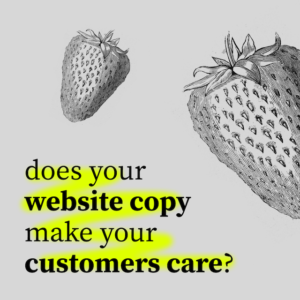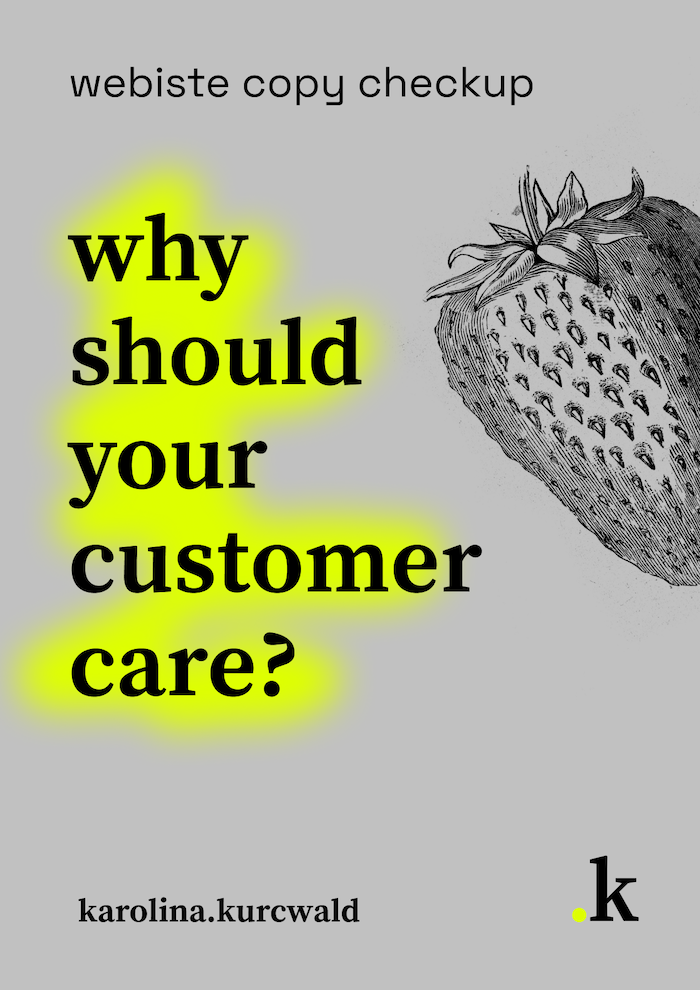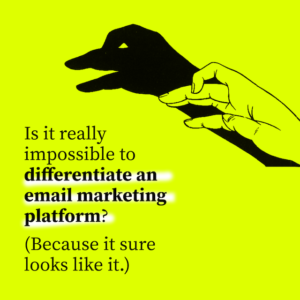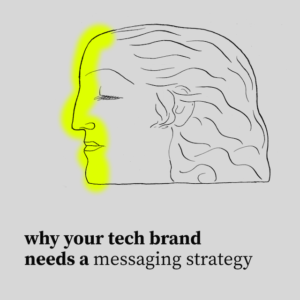

In these unprecedented times, it’s now more important than ever…
Ooops, sorry. That’s not how I wanted to start this. (Did you, writing your recent blog post or email? Asking for a friend.)
We live in times – regardless of the covid-19 pandemic (aka “the current situation”) – when we’re surrounded by nicely packaged things that fuel anxiety. Things we need to have or do right now if we want to be successful, beautiful, liked, respected. Or…
Or what?
Old news. Marketing has been feeding off our anxieties and worries for decades. Exploiting our fears and phobias. Body shaming us. Telling us to dye our grey hair. Making us feel anxious whenever we leave the house exposing our puffy eyes, imperfect complexions, unshaven armpits and orange-peel-covered thighs instead of the perfect beach body some of us will never get but will waste our entire lives trying.
Tactics like urgency and scarcity have been staples of persuasive copywriting. Clickbait has been tricking us into opening emails and clicking through to articles that it turns out we didn’t even want to read in the first place. Happy, beautiful people on Instagram living their best lives have been FOMO-ing us around the clock, because our lives (clothes, food, families, friends, and companies) are just, you know, meh.
There’s so much room for anxiety in marketing. And anxiety-inducing messaging can – and probably will – work. But it can – and probably will – backfire, at some point.
(Plus, it’s just unethical.)
But what’s the alternative, you’ll ask
My favorite copywriting framework is the well-known PAS technique: problem-agitation-solution.
You take a problem. You agitate it. And then you present yourself as the solution. Simple and effective. But so tricky, if you’re not careful.
The trick is in the agitate part. Which I love by the way – because it lets you get creative. And very specific. But if you go too far, instead of showing your prospect you understand their problems really well, you’ll scare them and make them feel anxious.
And yes, they will buy, but is anxiety what you want to build your brand on?
Let me give you an example.
Say you have a time tracking app so companies can monitor their teams’ work now they all had to go remote. And you want to reach business owners and HR teams with it.
They probably have 99 problems now, and a major one of them is making sure their team is productive, even if they can’t physically control their work (and let’s not go into micromanagement and control issues for now, shall we?)
There are a few ways you can agitate it in your messaging. One – that I’ve actually seen recently, and that made me think about writing this whole thing – is tapping into your prospects’ anxieties and fears.
It might go something like this:
You were forced to go remote by the pandemic and now you’re worried you have no control over your team? Have absolutely no way of telling whether they’re watching Netflix and drinking beer or actually working? And who knows if that face on the daily Zoom calls is not just a screenshot?
You get the idea.
What it is, is making your prospects anxious, tricking them into using your app. And contributing to a culture of mistrust while you’re at it (and you know it).
Or, you could do this differently.
You could talk about how they’re probably lost in a situation that might be entirely new for a lot of them. And they’re probably figuring out a way to keep their team productive while also trying to build relationships based on trust, and that might be a challenge when working remotely. And there’s a lot on their plate (which you’re free to list), and you get that (but you *need* to really get that first, which means tons of research and maybe even first-hand experience).
And your app could help (here’s how).
The whole idea of agitating the prospect’s problem is not to make it feel bigger and scarier than it already is. It’s about showing them you understand them and that you can help.
This is the alternative
Yeah, again (because I already wrote about it), it’s about being helpful. And especially now.
I just watched one of Marie Forleo’s videos today, and she said one thing that really resonated with me while I was putting this post together in my head. She said the answer to helplessness was being helpful (she actually said this: In times of crisis, the antidote to hopelessness is often helpfulness.)
And it makes so much sense. Instead of scaring and tricking people into doing stuff. Instead of showing them what they do wrong and what they should do to do things right (to be successful, liked, rich, etc.)
Just be helpful. It’s so much better for everyone.
And I know – and this is crazy – that today, being helpful sometimes takes guts, because you might need to talk about things people don’t talk about in marketing. Like actual emotions. Or tell what Ann Handley once called bigger, braver, and bolder stories.
And in doing that, you might turn some people off.
But they might just be the wrong kind of people for your product or service.
As a brand (and yes, also as a person), you can’t make everyone like you. What you can do is focus on giving something unique and genuine that will help some of them. They’re your people. (With an emphasis on your.)
And I’m really careful about romanticizing the current pandemic as something that’ll change us forever. As humanity, we’ve been through worse. And look where we are now.
But I do think it’s a time being helpful with whatever you’re selling is just the right thing to do.
You?
Got time to read more?

Download my website copy checkup and see if the copy on your website talks about what really matters to your customers.
see if they care →


